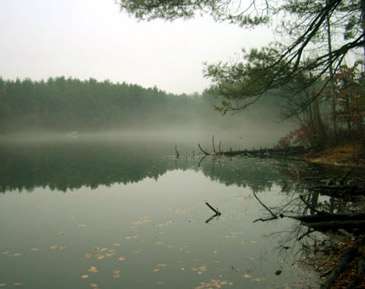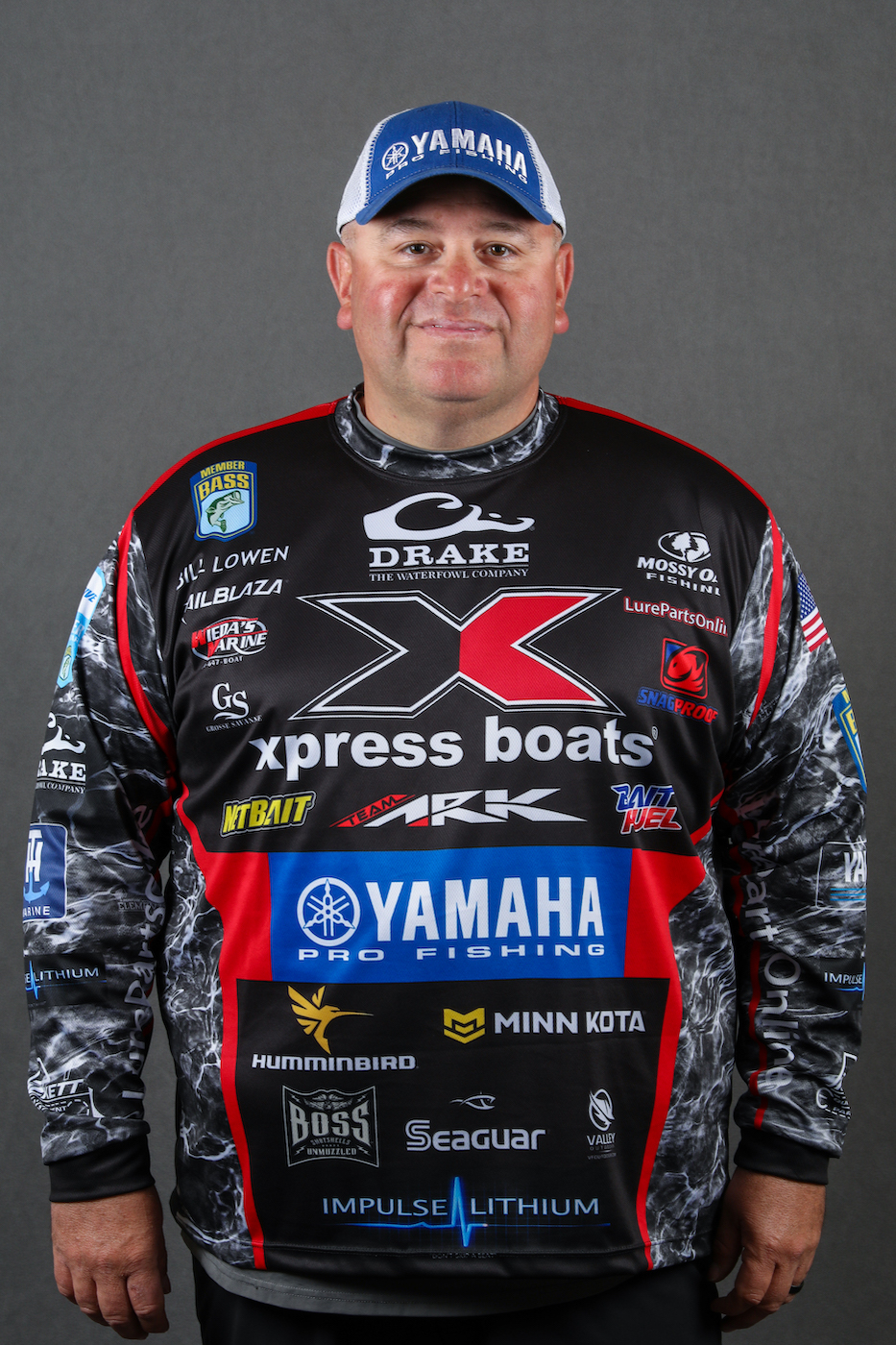
As an Ohio native and Elite Series angler, I fish under all sorts of conditions, and cold weather is one of them. As an angler, I want to be able to move freely and be able to fish efficiently. But I want to be warm and safe, too. It's a balancing act.
In the final analysis, however, staying warm is not a matter of comfort or fishing efficiency. It's a matter of survival. When in doubt, I always choose safety over fishing convenience. That's only common sense.
With that in mind, let's look at staying warm on the water.
1. Your Head
Something like 30 percent of the body's heat loss occurs through the top of your head. If you're going to stay warm, you have to stop that. Cover your head in layers. I usually wear a ball cap and cover it with a thin fleece beanie. That keeps my head and ears warm while at the same time giving me good peripheral vision.
If it's raining, sleeting or snowing I'll cover everything with a Gore-Tex® hood. Under no circumstances do I want to get wet on the water. At best that's a prescription for misery. At worst it means disaster.
2. Your Hands
Finding the right hand covering is a difficult task. Most of us have spent years looking for the perfect pair of gloves … and we're still looking. Still, some are better than others.
When I'm running in cold weather I wear heavy, fleece lined gloves with a waterproof — not water resistant — outer shell. When I'm fishing, I wear thin, fleece lined gloves. I usually carry several pair so I can change frequently if they become wet.
Thinsulate is also a good product. It insulates very well and isn't bulky. I prefer fleece, but you should make your own choice.
Regardless of which insulation product you select, however, make sure your gloves fit properly. If they're too big, they'll let cold air in; if they're too small they'll restrict your blood circulation. And if you use a heat pack put it on the backs of your hands where it'll warm your blood quickly and efficiently.
3. Your Feet
Proper insulation is a must. I have a high body metabolism, so I don't require much insulation. Others may not be so fortunate. Choose insulated boots that fit your metabolism and keep your toes warm. Remember, the more you move the less insulation you'll need. Your hiking boots may not keep you warm in a boat.
And don't even think about buying a pair that isn't waterproof. I wear Red Wing boots lined with Gore-Tex. In my opinion Gore-Tex is the best waterproofing product available.
I wear fleece or wool hunting socks under my boots, two thin pairs if it's really cold. I never wear cotton; it holds moisture against your skin and will chill you to the bone after a few hours in the cold. Always wear socks that wick moisture away from your skin.
4. Your Core
Keeping your core warm starts with keeping your underwear dry. Never go outside in the same underwear you slept in the night before. It's full of moisture that'll turn cold quickly.
My preference for long underwear is Under Armour. It's lightweight and incredibly warm. It also lets you move freely in the boat. They have dozens of different styles and weights. Choose the one that suits your needs.
Over my long johns I wear the fleece lined waders that I use for duck hunting or, on occasion, a pair of lined jeans. If necessary I cover my pants with Gore-Tex bibs.
My jacket — when I'm fishing — is a Mustang Sportsman's flotation coat. It lets me move, keeps me warm and will keep me afloat if I make a mistake and end up taking an unexpected swim. When I'm running, I wear an old-fashioned PFD. They're warm and safe.
One final thought about all this: Think about how and where you fish and what you need, before you buy. There's a lot of difference between cold weather in Florida and cold weather in Tennessee. Then shop around before you buy. Prices vary from one retailer to another.





